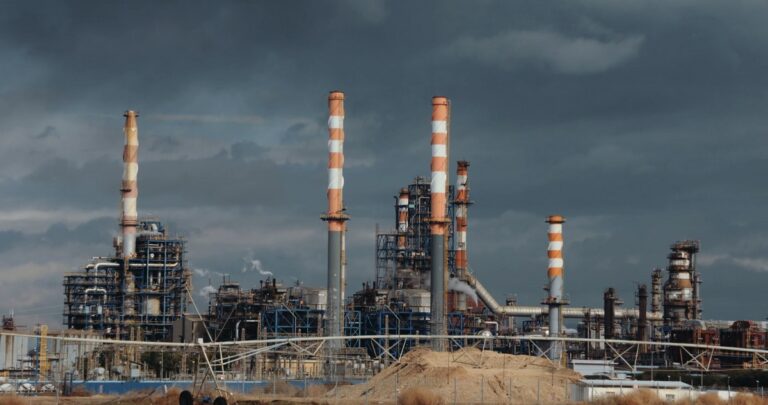In 2025, improving air quality near factories and industrial zones requires a mix of regulatory enforcement, cleaner technologies, community monitoring, and smarter land use planning.
The most effective strategies are those that combine modern emissions-reducing equipment with transparent air quality reporting and meaningful policy support.
While past decades focused heavily on end-of-pipe solutions like filters and scrubbers, the focus today is shifting toward proactive, data-driven environmental management.
Many factories can cut emissions by 30% or more simply by upgrading outdated machinery, capturing fugitive emissions, and switching to cleaner fuel sources.
Why Air Quality Still Suffers Near Industrial Zones
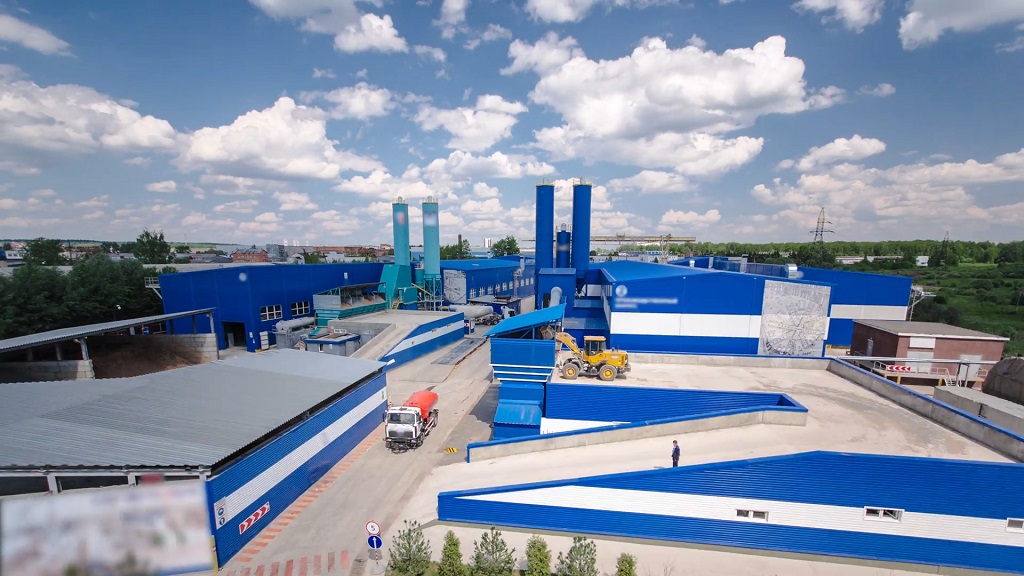
Despite advancements in environmental tech, air quality around factories often remains worse than in surrounding areas. This is largely due to:
- Concentrated emissions from stacks, furnaces, diesel vehicles, and equipment.
- Poor enforcement of emissions laws.
- Outdated filtration and control systems in older plants.
- Lack of real-time public monitoring near many facilities.
In places like South Asia, Eastern Europe, and parts of the U.S. Gulf Coast, PM2.5 levels near industrial parks routinely exceed WHO guidelines. Even in countries with tighter standards, such as Germany and Canada, air quality around older industrial parks remains uneven.
Common Pollutants in Industrial Areas
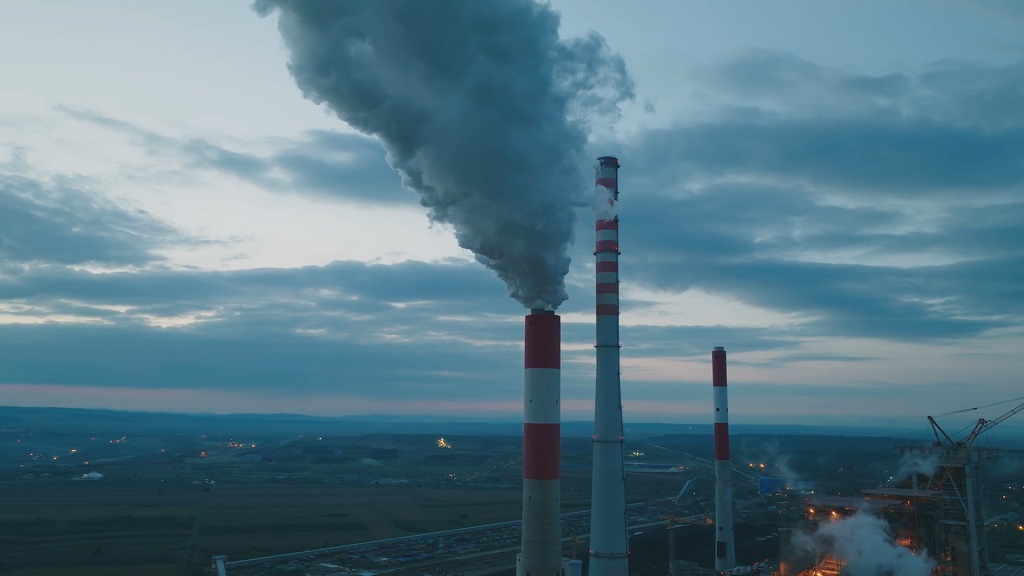
| Pollutant | Primary Sources | Health Impact |
| PM2.5/PM10 | Combustion, grinding, and diesel trucks | Respiratory and cardiovascular issues |
| NOx | Boilers, engines, and turbines | Lung inflammation, ozone formation |
| SO2 | Coal burning, metal smelting | Breathing issues, acid rain precursor |
| VOCs | Paints, solvents, refineries | Smog formation, some carcinogenic |
| CO | Incomplete combustion | Oxygen deprivation in blood |
| Heavy Metals | Smelting, battery plants, e-waste | Long-term neurological and organ damage |
Proven Ways to Improve Air Quality Around Factories
1. Enforce and Update Emissions Standards
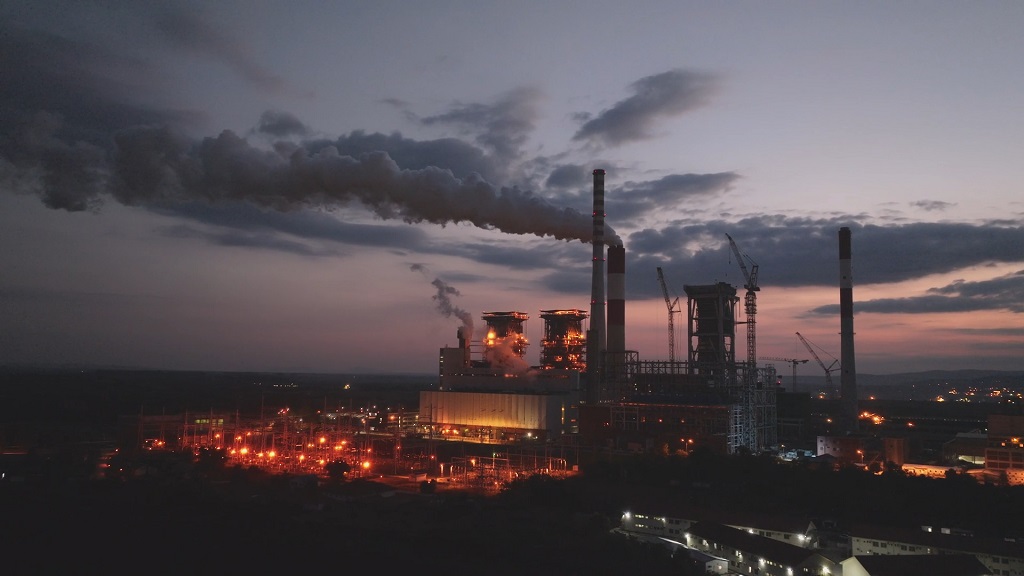
Many countries still operate under outdated emissions rules that don’t reflect current technology capabilities. Factories often comply with standards that allow far more pollution than what is technically avoidable. Regulatory upgrades – combined with strict enforcement – are one of the fastest ways to drive change.
Modern scrubbers, electrostatic precipitators, activated carbon filters, and low-NOx burners can dramatically reduce air pollution when installed correctly and maintained regularly. Fuel switching is another major win. Moving from coal or heavy fuel oil to natural gas or electricity (especially from renewables) can cut emissions of SO2, particulates, and heavy metals by over 50% instantly. Even partial electrification – like using electric forklifts, conveyor belts, or small processing tools – helps cut diesel emissions on-site. Not all pollution comes from a smokestack. Leaky valves, storage tanks, or equipment vents can emit large amounts of VOCs and fine particulates unnoticed. Installing leak detection and repair (LDAR) systems – along with infrared gas sensors – can cut VOC emissions significantly. Some industrial parks now use continuous air quality monitoring networks, uploading real-time data to public dashboards. When the community can see emissions, pressure increases for compliance. Even activities like concrete grinding, cutting, or sanding contribute surprisingly high levels of airborne particulate matter if not handled with proper containment tools. Facilities involved in construction, cement production, or prefabrication are now expected to use point-of-source collection devices such as a concrete dust vacuum to minimize particle spread indoors and outdoors. These systems capture silica and fine particulates before they can contaminate the air or settle into ventilation ducts – a small intervention with big air quality payoffs. City and regional planners can also help by zoning residential areas farther from emission-heavy facilities and using vegetation as a passive air filter. Fines alone rarely drive real change, especially when companies factor them into their budgets as just another cost of doing business. What tends to move the needle faster is giving companies a reason to act before regulators knock. In 2025, more governments are rewarding clean behavior with concrete perks. Some offer pollution reduction credits that can be traded or used to offset regulatory limits. Others provide low-interest financing for energy-efficient equipment or offer tax deductions for facilities that install certified air filtration or emissions reduction systems. In the EU’s 2025 Green Industry Package, for instance, facilities that cut their NOx output by over 40% are fast-tracked for permits and may receive energy rebate bonuses. This matters because red tape can be a major cost for industrial developers. When good behavior speeds up business and reduces energy bills, executives start paying attention. This carrot-and-stick method becomes even more effective when paired with citizen oversight. When local communities are watching and factory data is public, incentives are more likely to go to the right players, not just the ones with good PR teams. Factories rarely exist in isolation. They’re surrounded by workers, schools, neighborhoods – people breathing the same air 24/7. And when those people are kept in the dark, pollution gets worse and trust crumbles fast. But in 2025, that’s changing. Real-time air monitoring is more affordable than ever, and community-led efforts are filling gaps where government oversight is weak. In some high-risk industrial zones, mobile vans with advanced sensors now patrol areas, capturing snapshots of emissions near plants and roadways. Crowdsourced air quality networks, often run by NGOs or academic partnerships, place low-cost monitors on schools, bus stops, and rooftops, turning entire neighborhoods into data hubs. And then there are the public dashboards: online maps showing pollution spikes in real time, holding both corporations and regulators accountable. Canada and Sweden are early leaders in this space, but similar projects are spreading fast in parts of Southeast Asia, the U.S., and Eastern Europe. The result? People can now see what they’re breathing – and speak up when it crosses a line. It’s easy to focus on smokestacks, but the air inside matters just as much, especially for factory workers and people living nearby. In many industrial zones, fine particulates, NOx, and VOCs can drift indoors through vents, cracks, or open windows. This can turn homes and offices into slow-moving exposure zones without anyone realizing it. One of the most effective ways to fight this is by using industrial-grade HEPA filtration, not just in factories but also in break rooms, on-site clinics, and even residential homes within a few kilometers of the pollution source. Some facilities are upgrading to positive pressure HVAC systems, which push filtered air out and prevent dirty outdoor air from leaking in. This is especially useful in places where factories sit right next to apartment blocks or schools. Simple solutions also help, like weatherproofing homes, using tighter window seals, or even adding a vestibule at building entrances to prevent dust from being pulled indoors. While these may sound small, they play a key role in protecting vulnerable groups like children, seniors, and factory staff spending 8–10 hours a day on-site. Improving air quality near factories is not about one magic solution. It’s a layered process – part engineering, part policy, part community effort. The technology is there. The data is better than ever. What’s needed now is implementation and accountability. Cities, companies, and citizens can work together to build industrial zones that still produce, but without choking the air around them. When cleaner production is baked into policy and backed by real-time visibility, even the dirtiest corridors can start to breathe easier.2. Install or Upgrade Emissions Control Systems
Technology
Pollutant Removed
Typical Efficiency
Baghouse filters
PM10, PM2.5
99%+
Wet scrubbers
SO2, HCl, particulates
95–99%
Selective catalytic reduction (SCR)
NOx
80–90%
Activated carbon injection
Mercury, VOCs
70–90%
3. Switch to Cleaner Fuels or Electrification

4. Capture Fugitive Emissions with Real-Time Monitoring
5. Buffer Zones and Urban Forestry
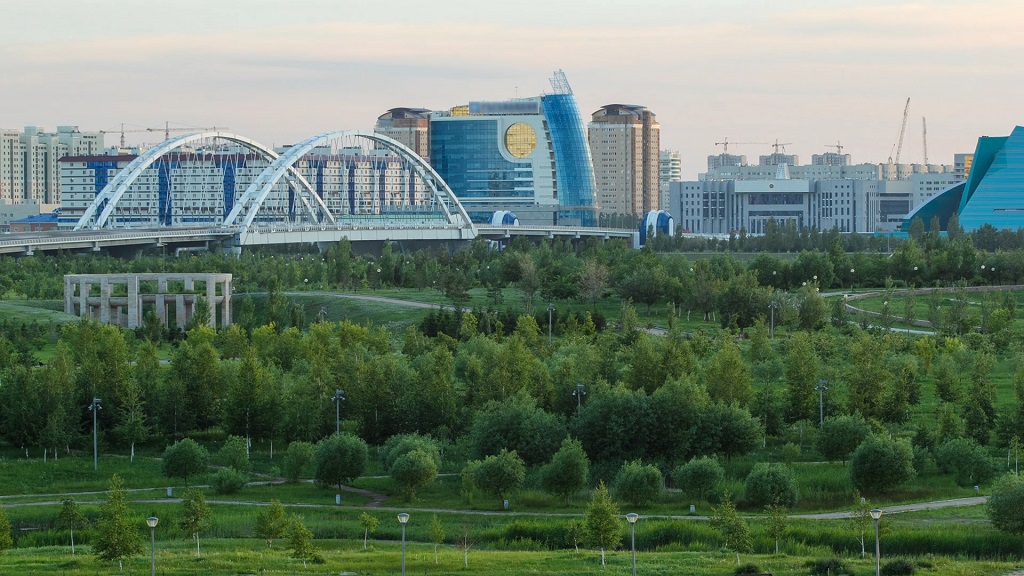
6. Create Incentives for Cleaner Operations
7. Community Involvement and Transparent Data

8. Indoor Air Management for Workers and Nearby Homes
Putting It All Together: What Works Best?
Most Impactful Measures (Ranked by Effectiveness)
Measure
Estimated Pollution Reduction
Implementation Time
Fuel switching (coal to gas/electric)
40–60%
Medium (1–2 years)
Modern air scrubbers/filters
70–99% (target pollutants)
Medium (1–2 years)
Real-time air quality sensors
Improves compliance + awareness
Fast (3–6 months)
Zoning + vegetation buffers
10–60% (localized PM2.5)
Slow (5+ years)
Public emission dashboards
Indirect – drives accountability
Fast (3–6 months)
Final Thoughts

